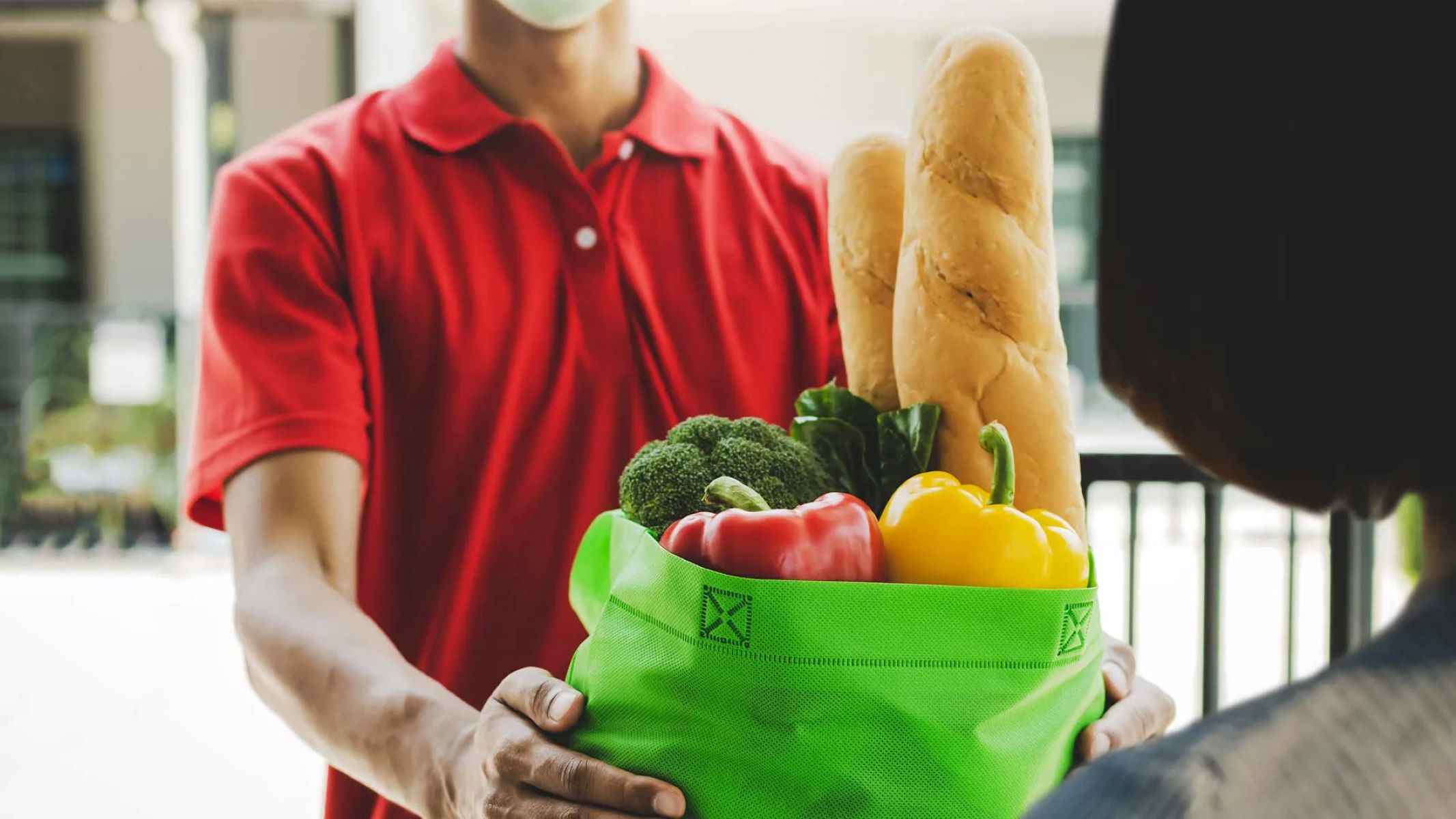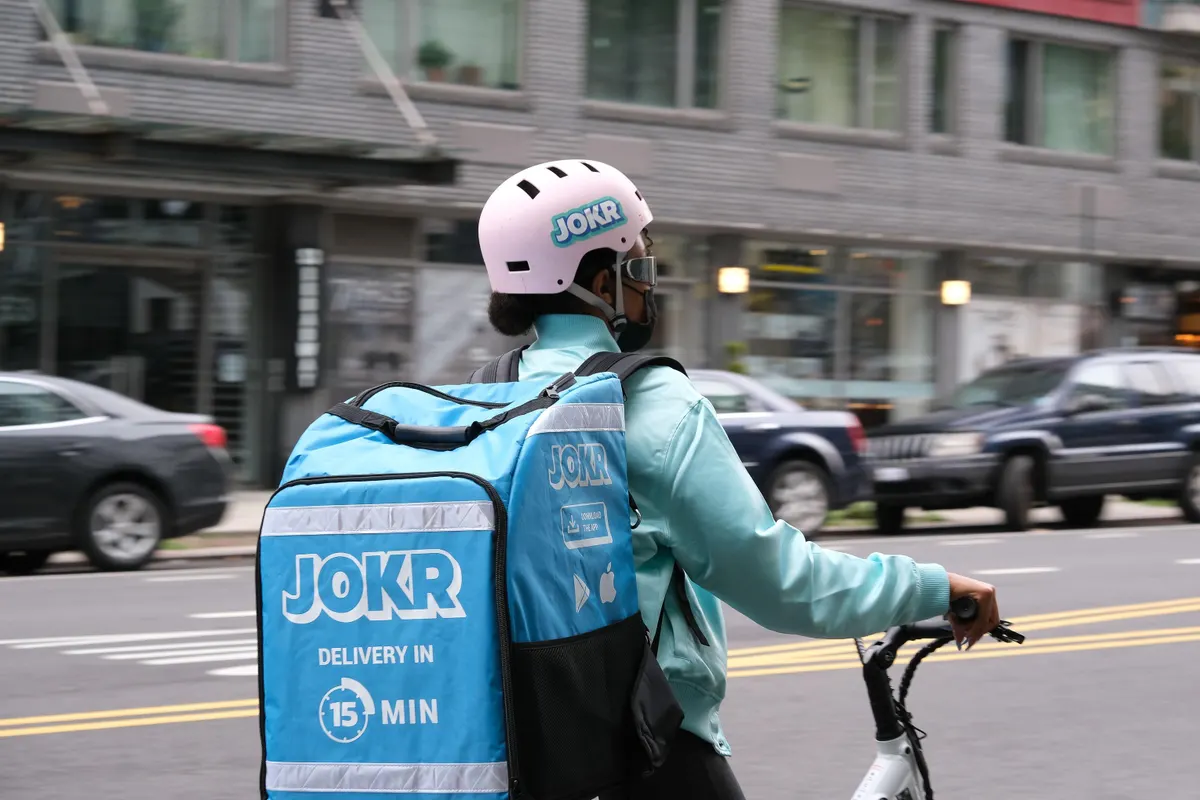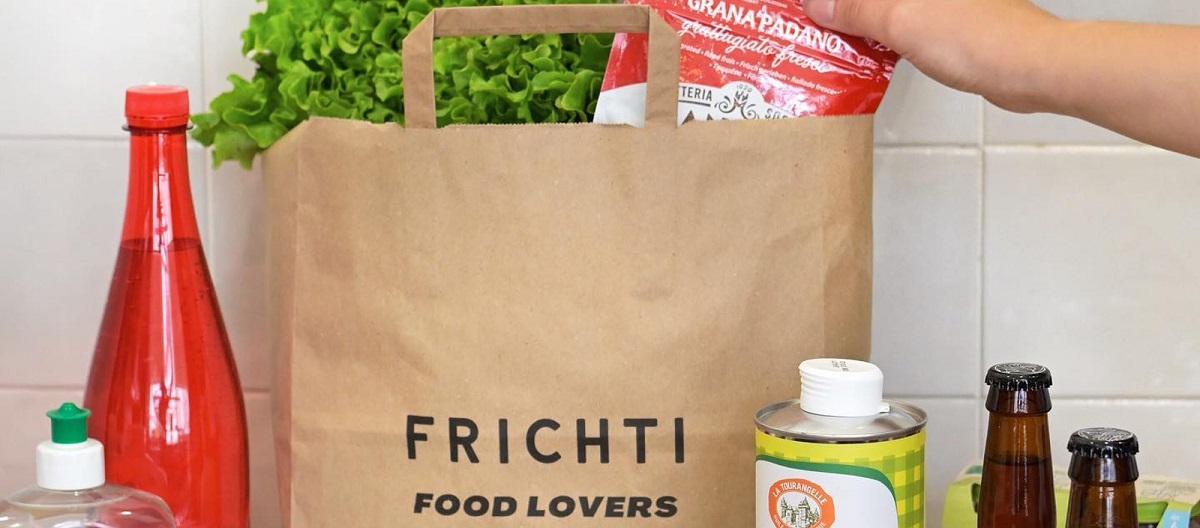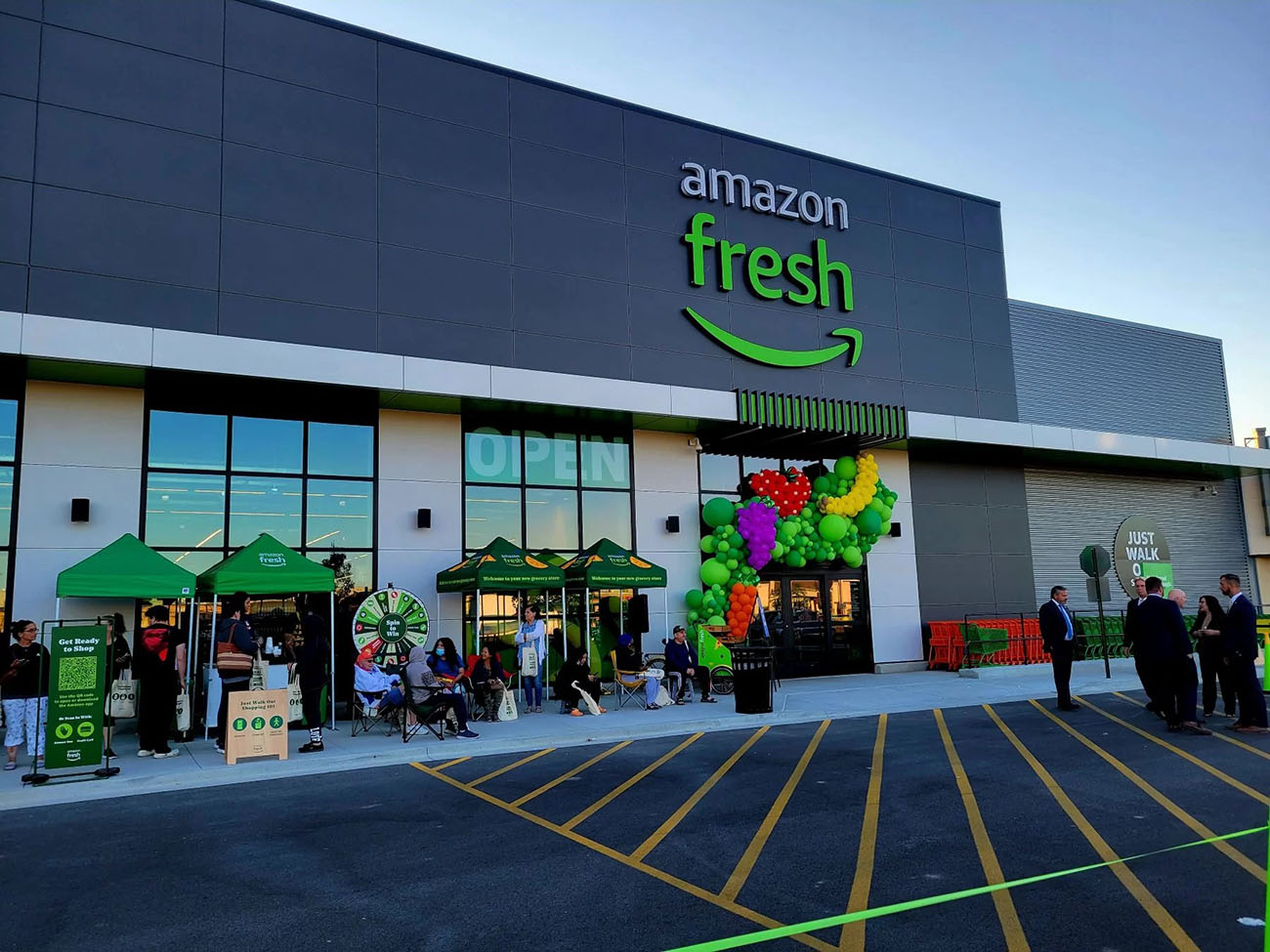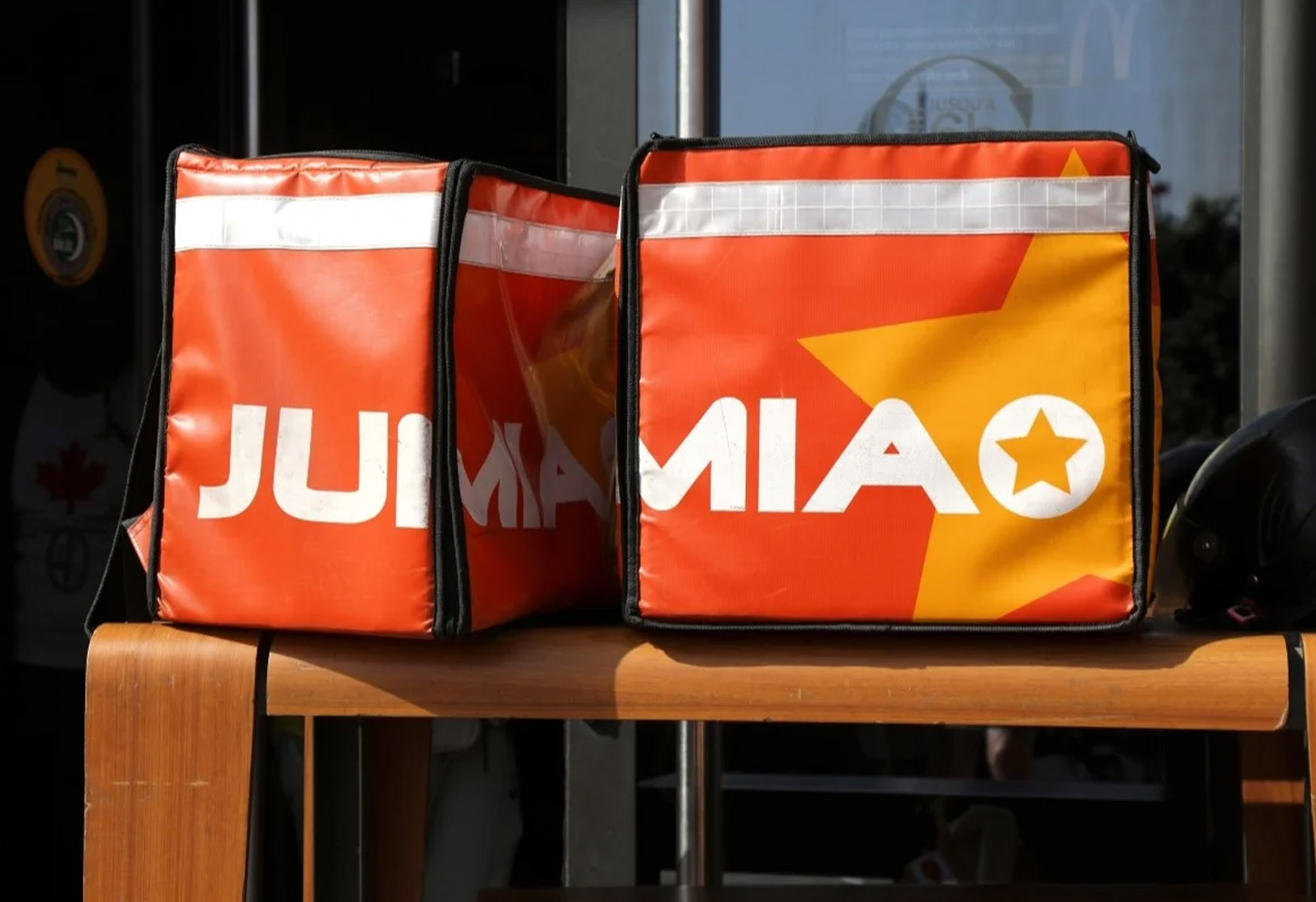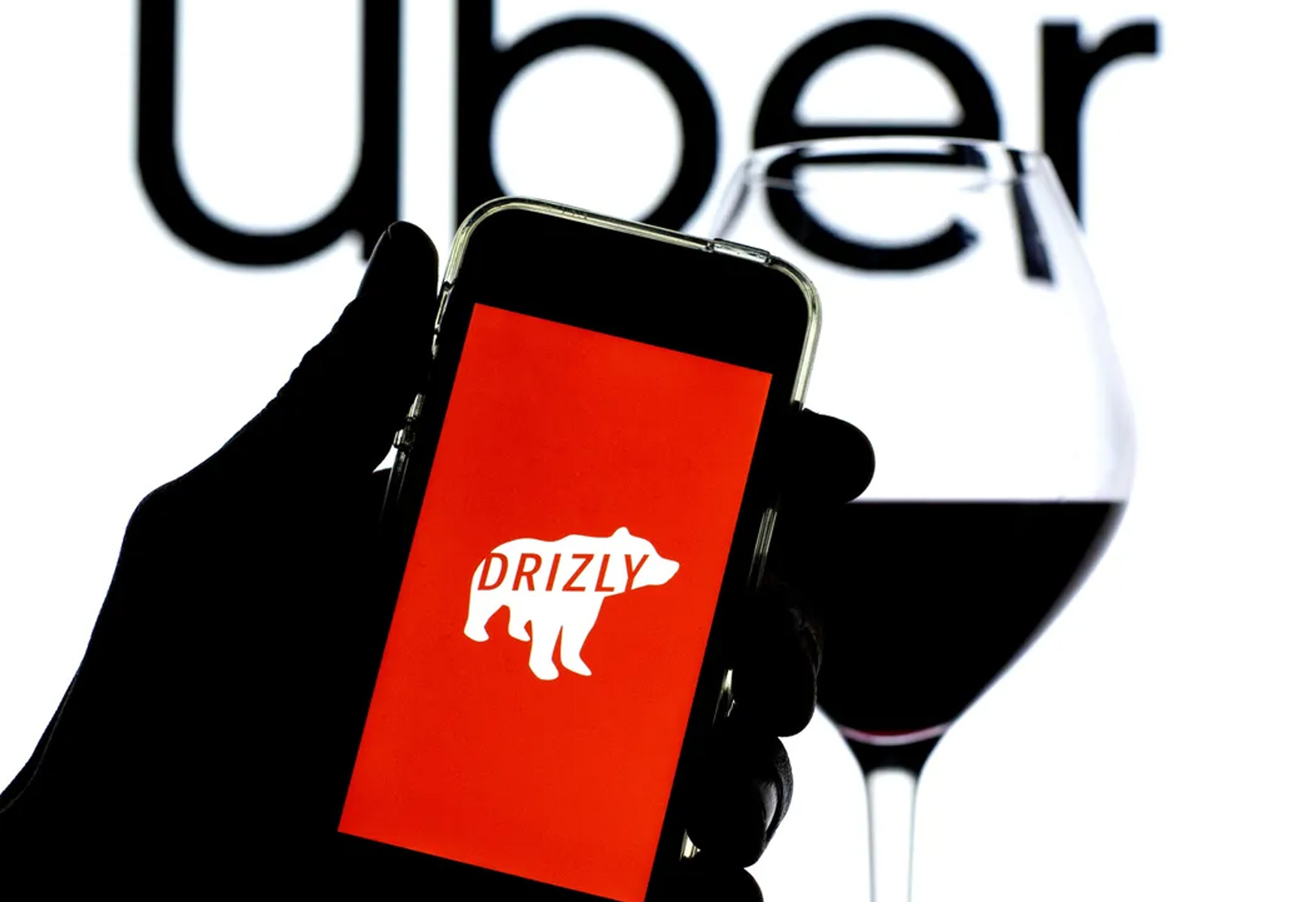The quick grocery delivery sector has been a roller coaster ride in recent years, with startups experiencing both success and failure. While many instant grocery delivery companies in Western Europe and the U.S. have struggled, a new trend has emerged – the success of quick grocery delivery models in emerging markets.
Key Takeaway
The quick grocery delivery model is finding success in emerging markets, while facing challenges in Western Europe and the U.S. By understanding the unique dynamics of these markets and tailoring their services accordingly, quick grocery delivery startups can thrive and capture significant market share.
The Challenges of the Traditional Model
In the past year, established quick grocery delivery startups in the United States, such as Fridge No More and Buyk, have shuttered their operations, unable to sustain their business models. Funding has become a significant hurdle for these companies, with investors showing reluctance to pour more capital into the industry. For instance, Gorillas, once valued at $1.3 billion, was sold to Getir for €1.1 billion.
Emerging Markets Forge Ahead
While the traditional quick grocery delivery model may be facing challenges in Western Europe and the U.S., emerging markets are bucking the trend. Startups in these regions have continued to thrive and experience consistent growth in 2023.
These successful emerging market quick grocery delivery companies have focused on understanding the unique demands and dynamics of their respective markets. By tailoring their services to meet the specific needs of local consumers, they have been able to carve out a niche and build a loyal customer base.
One key advantage that emerging markets offer is the lower level of competition. Unlike Western markets, where large players dominate the space, emerging markets have more room for new entrants. This allows quick grocery delivery startups to establish a strong presence and capture a significant market share.
Moreover, the infrastructure in many emerging market countries is rapidly developing, enabling smoother and more efficient delivery operations. As a result, quick grocery delivery startups in these markets can deliver on their promise of ultra-fast deliveries, further enhancing their appeal to customers.
The Future of Quick Grocery Delivery
While the Western market may currently present challenges for quick grocery delivery startups, the success in emerging markets demonstrates that the model is not doomed. It simply requires adaptation and understanding of local conditions.
As emerging markets continue to grow and develop, the quick grocery delivery sector is likely to flourish. Startups that can navigate the complexities of these markets and tailor their services accordingly will have the opportunity to become leaders in the industry.







